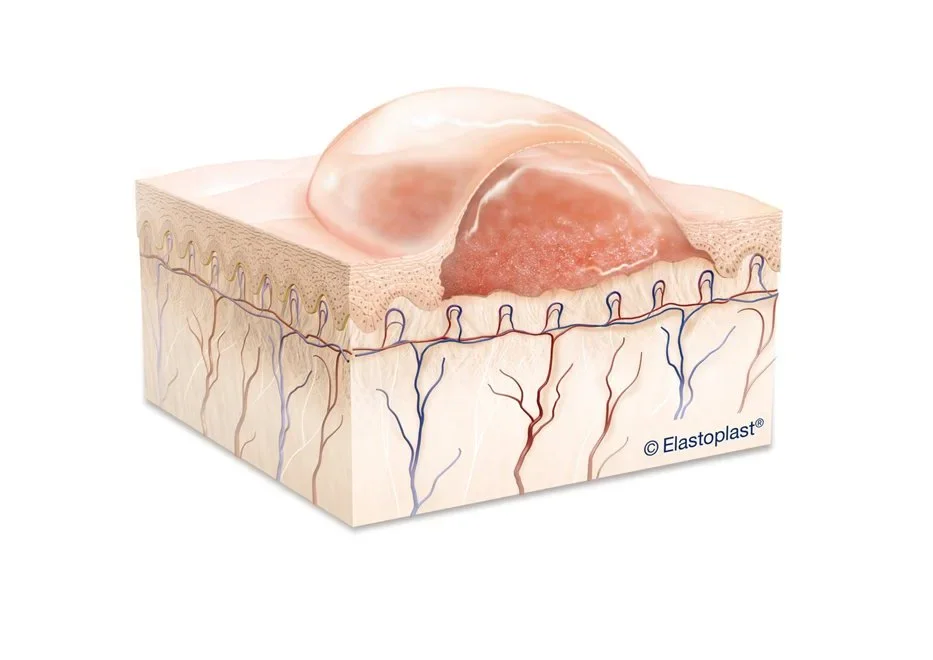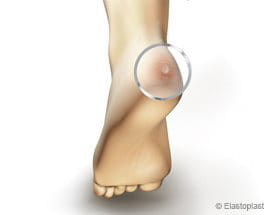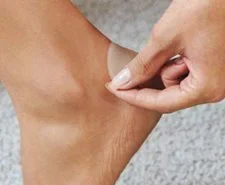Blisters and Sunburn Blisters
Many people would have experienced the joy of a new pair of shoes followed closely by the pain of a blister. Or you’ve spent a lovely day in the sun only to develop sunburn that swells up. We’re here to teach you all about the symptoms, causes, treatment, and prevention of all types of blisters.




